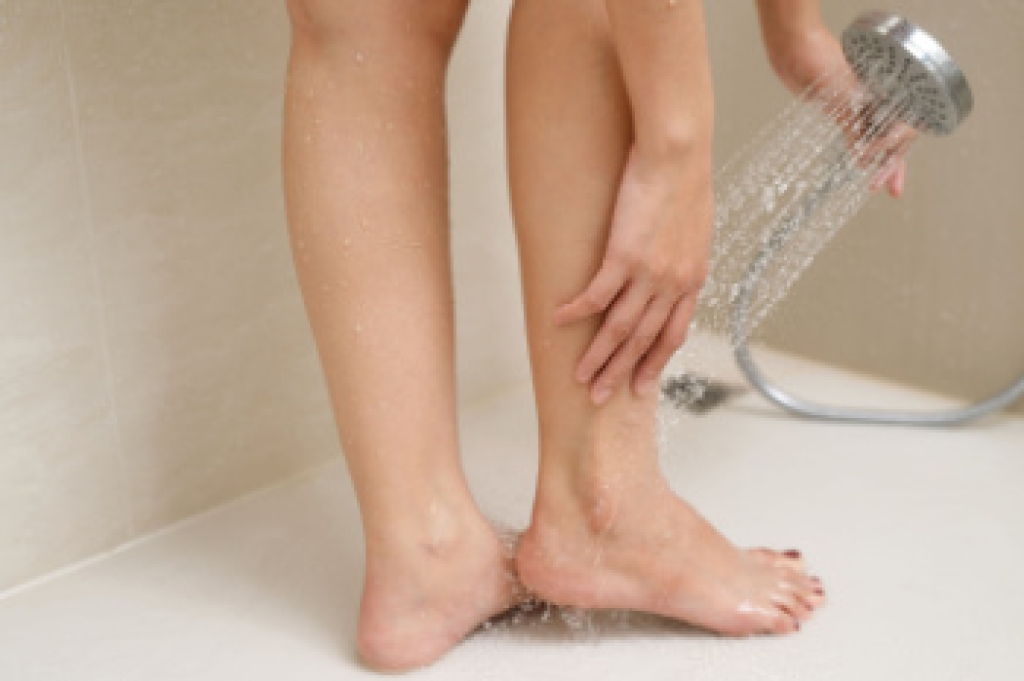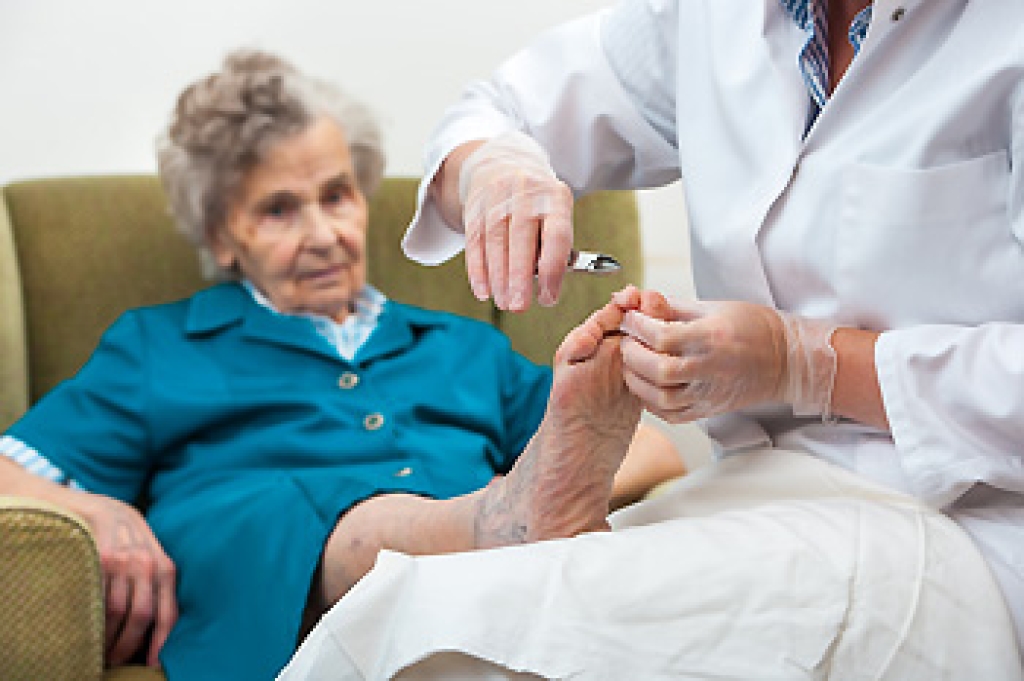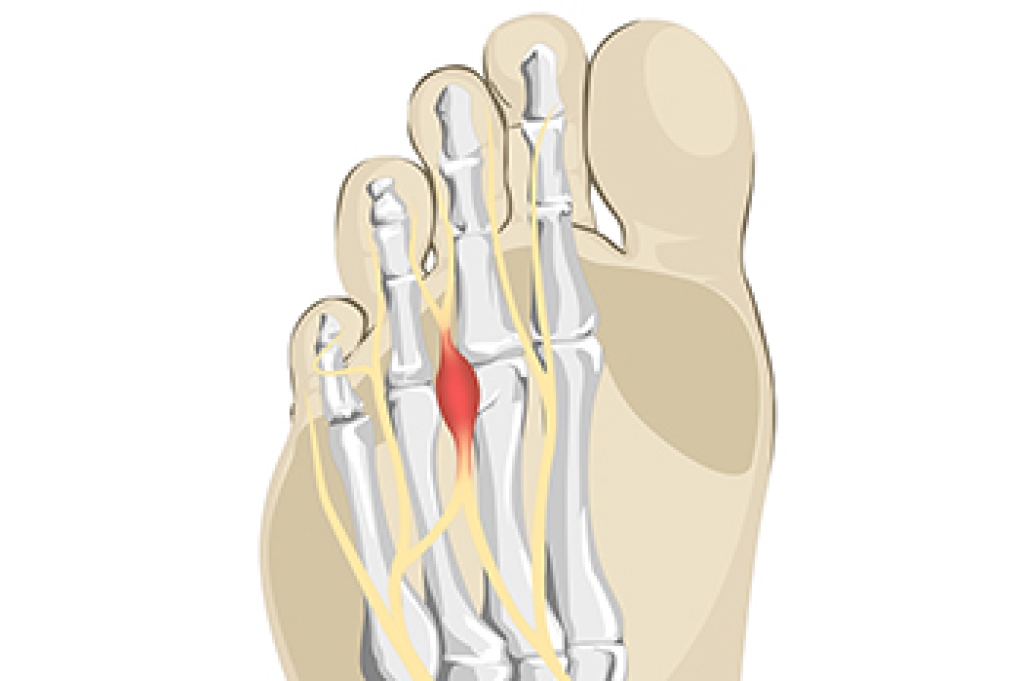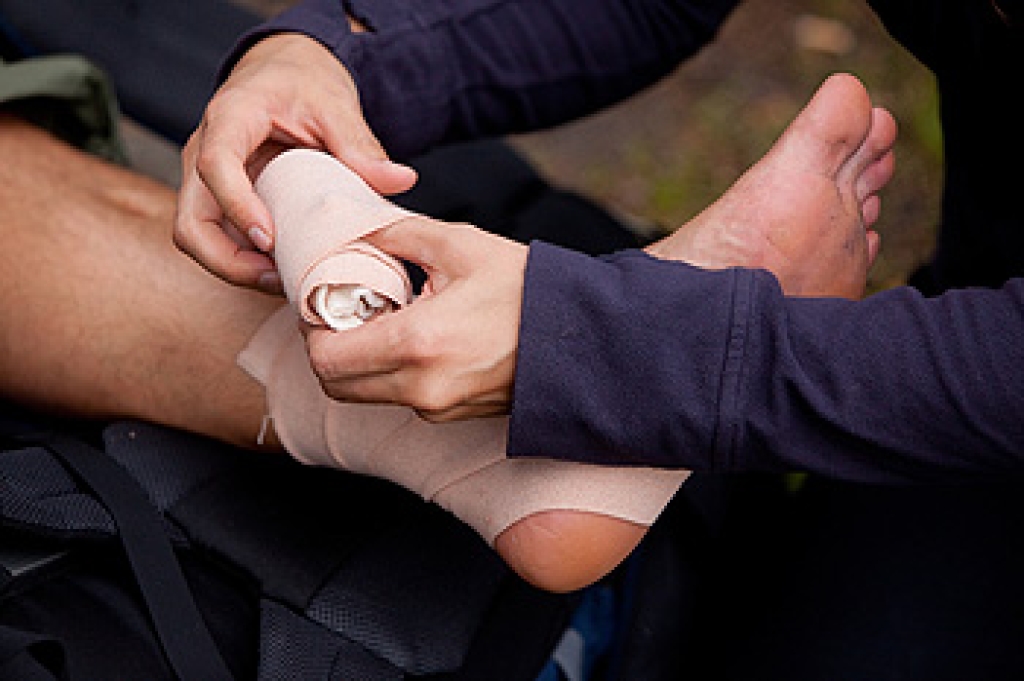
Learning how to care for your feet from a podiatrist offers personalized insights and expert guidance. During a consultation, a podiatrist can evaluate your specific foot health needs and recommend a care routine tailored to you. This can include advice on proper hygiene, such as washing and drying techniques, the best moisturizers to use, and how to prevent fungal infections. They can also demonstrate safe ways to trim toenails and care for calluses without causing injury. Podiatrists provide guidance on choosing the right shoes for your foot shape and lifestyle, which is essential for comfort and preventing problems. They may also suggest simple exercises to improve foot strength and flexibility, which can help prevent falls. If you would like to start a regular foot care routine, it is suggested that you visit a podiatrist for regular check-ups.This type of doctor can not only help with immediate concerns but also provide valuable education on maintaining lifelong foot health.
Everyday foot care is very important to prevent infection and other foot ailments. If you need your feet checked, contact Dr. Castillo from Bronx Foot Care. Our doctor can provide the care you need to keep you pain-free and on your feet.
Everyday Foot Care
Often, people take care of their bodies, face and hair more so than they do for their feet. But the feet are a very important aspect of our bodies, and one that we should pay more attention to. Without our feet, we would not be able to perform most daily tasks.
It is best to check your feet regularly to make sure there are no new bruises or cuts that you may not have noticed before. For dry feet, moisturizer can easily be a remedy and can be applied as often as necessary to the affected areas. Wearing shoes that fit well can also help you maintain good foot health, as well as making it easier to walk and do daily activities without the stress or pain of ill-fitting shoes, high heels, or even flip flops. Wearing clean socks with closed shoes is important to ensure that sweat and bacteria do not accumulate within the shoe. Clean socks help to prevent Athlete’s foot, fungi problems, bad odors, and can absorb sweat.
If you have any questions, please feel free to contact our offices located in Bronx, NY Yonkers, NY . We offer the newest diagnostic and treatment technologies for all your foot care needs.




